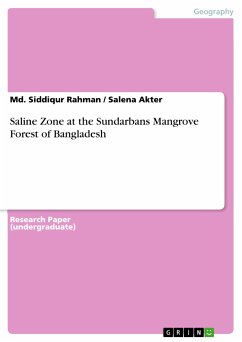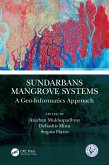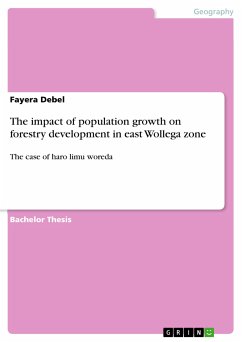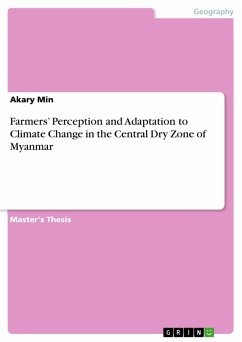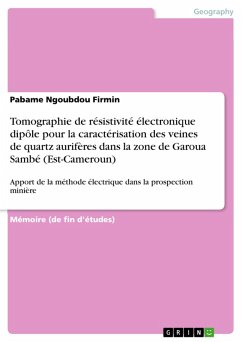Research Paper (undergraduate) from the year 2009 in the subject Geography / Earth Science - Physical Geography, Geomorphology, Environmental Studies, University of Chittagong (University of Chittagong), language: English, abstract: The Sundarbans in Bangladesh part is one of the largest mangrove forests in the tropics comprising about six thousand square kilometers of forest area. It possesses unique character of having ebb and tide at every six hours, hence having salinity intrusion in its rivers and canals from Bay of Bengal. The forest is experiencing heavy saline intrusion in its lower saline zones. Therefore, there is a need to enumerate the saline water intensity in various zones of the forest. Present study tries to find out how much saline intensity exists in different rivers and canals of the Sundarbans. Results depicts that saline intensity was much higher in southwestern part, where it is moderate in northeastern part. Present study reveals the range of PH values between 6.5 and 7.7. PH was found to be lower in Kachikhali and Karamjol points, where Katka, Dublar char and Hiron point shows higher value i.e. near alkaline water. Western zone is higher saline intensive than eastern part. Electrical conductivity found to be between 5.2 and 24 dSm-1 (desi siemens per meter) in different sample collection points. Amount of NaCl (mg/L) was found between 15 and 30 mg/L. Therefore, the Sundarbans river systems and canals have strong saline intensity and the water quality seems to be brackish.
Dieser Download kann aus rechtlichen Gründen nur mit Rechnungsadresse in A, B, BG, CY, CZ, D, DK, EW, E, FIN, F, GR, HR, H, IRL, I, LT, L, LR, M, NL, PL, P, R, S, SLO, SK ausgeliefert werden.

